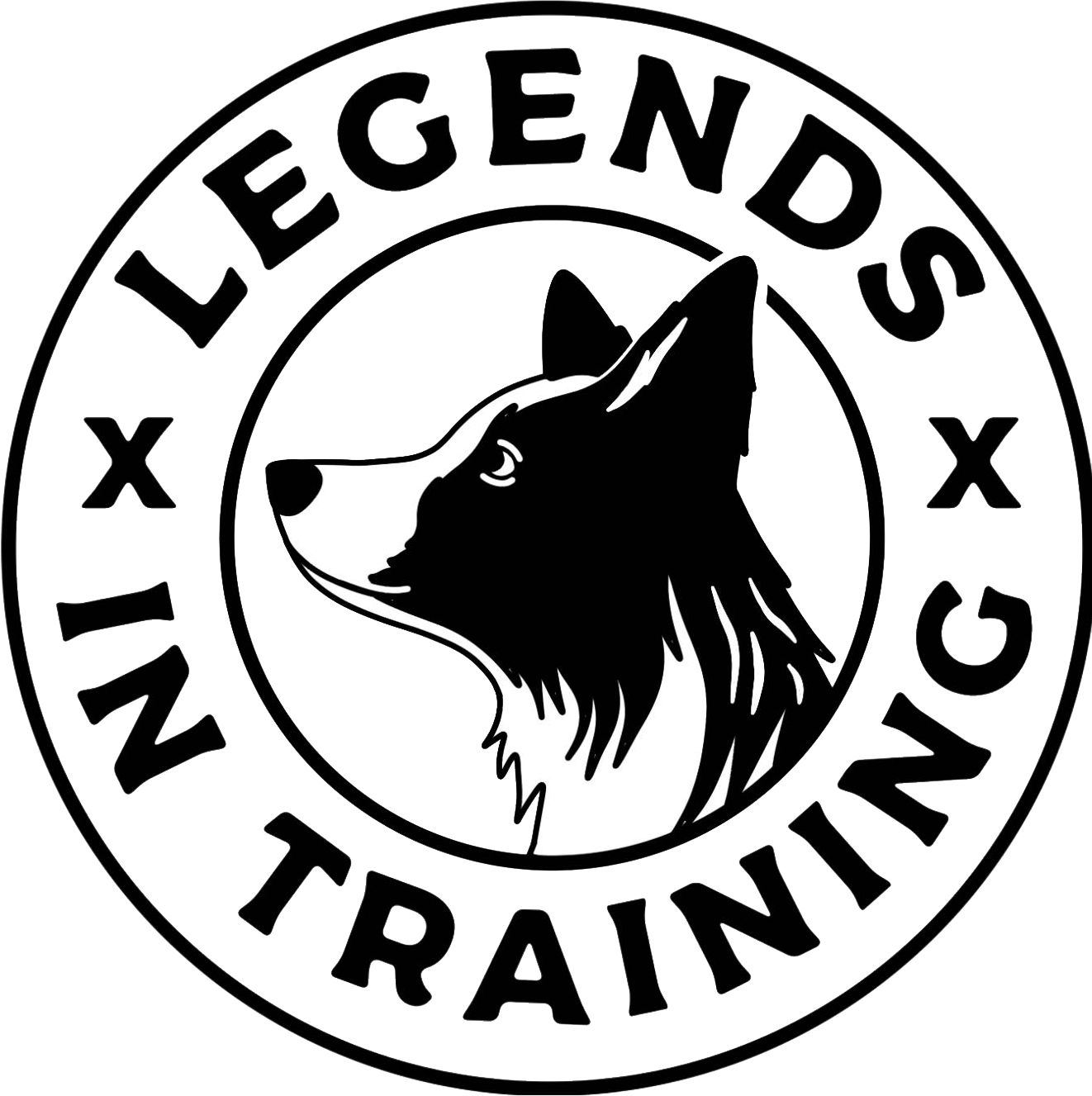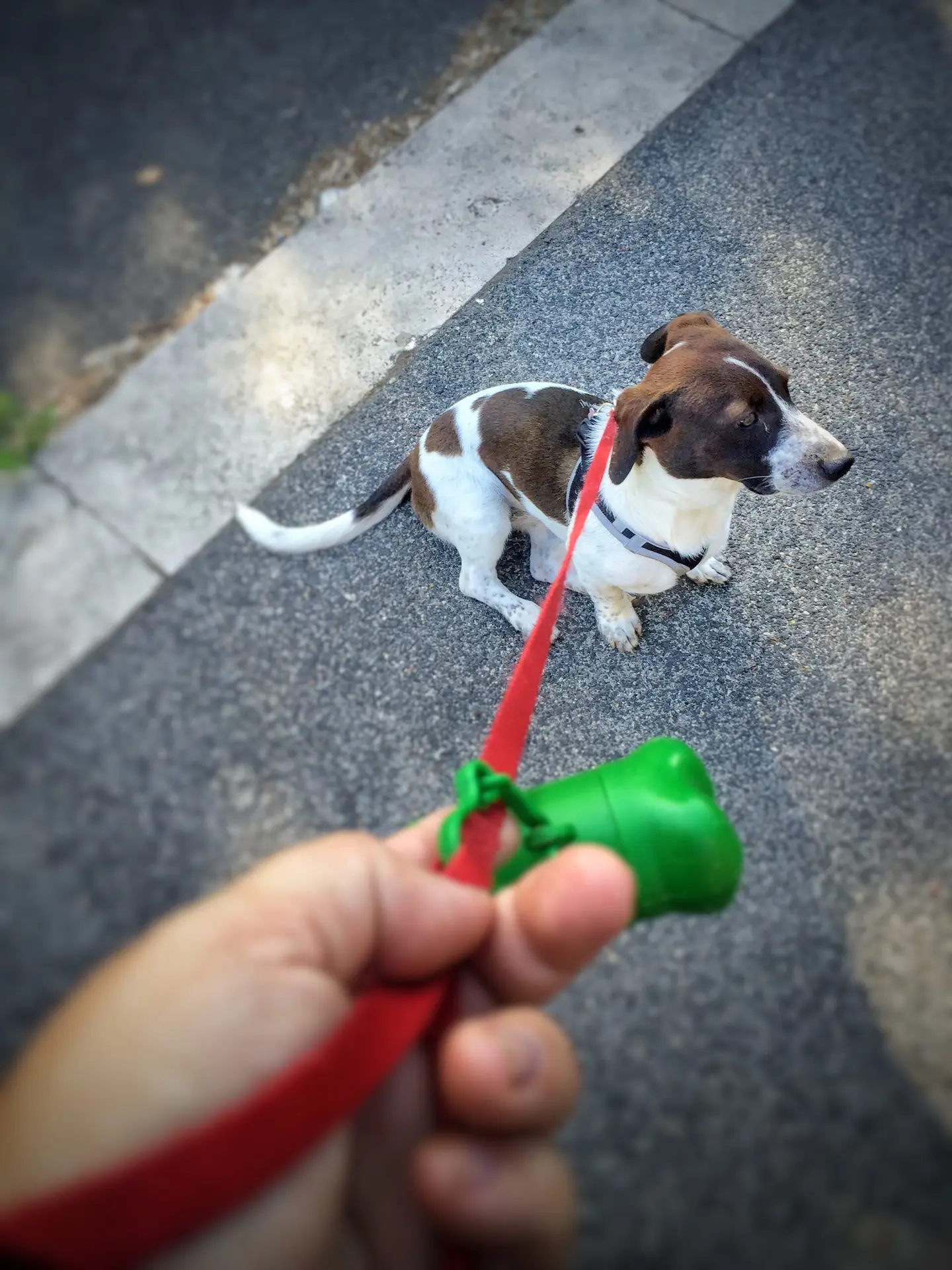Constantly fighting to keep your arm attached while walking the dog gets old really fast. That relentless tug-of-war with your furry freight train is enough to make anyone dread walks. You’re not alone. Loads of dogs pull, whether they’re hyper pups or older dogs who’ve learned pulling gets them to the next sniff faster.
But you can fix it.
Seriously. You can have walks where you connect with your dog, not just act as an anchor. The secret? The clear communication your dog gets, and being consistent. Let’s get into the practical stuff that stops the pulling.
The Ground Rules – Get This Right or Don’t Bother
There are a couple of things that are absolutely non-negotiable. If you do a halfway job on these, you’re just wasting your time, simple as that.
- Consistency: Absolutely crucial. Everyone walking the dog (you, your partner, the kids, whoever touches that leash) needs the same rules, same consequences every time the leash tightens. If pulling works even sometimes, they’ll keep trying. No half-arsed efforts.
- Clear Communication: Your dog needs crystal clear signals. Loose leash walking = reward (treats, praise). Pulling = immediate, clear “Nope.” No grey areas.
- Patience: Takes time and repetition. Dogs don’t just magically download new software overnight! It’s repetition, repetition, repetition. Be patient (with them and yourself!), celebrate small wins.
- Right Gear (Used Right): Right gear, used right, helps clarify signals. It’s part of talking their language.
Let’s talk tactics.
Tactical Move #1: The About-Face: Stop the Surge!
Dogs often pull because they’re laser-focused on getting over there. Quickest fix? Spin them around. Interrupt their progress.
How it works: The second that leash tightens, pivot 180 degrees sharply and walk the other way purposefully. A quick signal or pop on the leash as you turn clarifies it’s a direction change, not just yanking them. Keep moving confidently in the new direction – don’t just stop and stare at them. Your walking prompts them to re-engage their brain and figure out, “Oh goodness, the human’s going this way now,” and they’ll naturally turn to avoid getting tangled.
Do this every single time they pull. Yeah, you’ll feel like an idiot zig-zagging at first. That’s you teaching: “Pulling gets you nowhere; sticking with me gets you places.”
Keep them guessing: Throw in random turns even when they’re walking nicely. Keeps their focus on you.
When they turn with you and check in? Let them know: “Good dog,” praise, a treat – pay up for the right choices.
Tactical Move #2: The Interruption – Clear Signal, No Nonsense
If turning isn’t enough, you need a clear “Oi! Knock it off!” signal the instant they lean in. This isn’t mean, it’s clear communication in a language the dog actually gets.
Often, it’s a quick, distinct leash ‘pop’ or ‘tug’ – brief, sharp, then immediately loose again.
Timing is everything. Deliver the signal right when pulling starts, or as they tense up to surge. Too late, it’s meaningless.
The goal? Interrupt the pulling thought, get attention back, then instantly return to a loose leash. One well-timed signal beats constant pressure.
Crucially, the release is key. Letting pressure off immediately when they stop pulling teaches them: “Ah, backing off makes the annoyance stop.” They learn to control it.
Tactical Move #3: Give Your Dog a Job – Teach Them What To Do
Be proactive! Instead of just saying “don’t pull,” teach your dog what you do want.
Teach a proper position: “With Me,” “Heel,” “Beside.” Give a specific task (walk nicely near my leg) for clarity.
This is gold when things get tricky – past barking dogs, through crowds. Instead of freestyling, they have a default: “Boss said ‘With Me’, stay focused here.” Stops mental and physical wandering.
But you have to teach it properly, step-by-step, so the dog gets it. Slapping a command on random behaviour is useless. Building a solid, understood position? Powerful tool for walks that aren’t a battle. Sets the expectation.
Let’s Talk Tools – No Magic Wands Here
Gear can help communication, but tools are aids, not magic fixes. Slapping a new collar on a dog that pulls like a maniac won’t instantly solve your problem if you don’t know what you’re doing. Getting the fit right and knowing how to use it correctly? Absolutely critical. Otherwise, it’s useless at best, and potentially harmful at worst.
What’s used?
- Slip Leads: Simple enough. Dog pulls, it tightens. Dog walks nicely on a loose leash, it loosens. Clear communication – pull equals pressure, no pull equals no pressure. For them to work properly though, they need to be up high on the neck, right behind the ears, not hanging down low like a necklace. Placement matters.
- Head Halters: Think of it like power steering for your dog. It guides the head, and where the head goes, the body tends to follow. Can be pretty effective for redirecting strong pullers, gives you decent control. But – and this is a big ‘but’ – dogs often need a proper introduction period to get used to wearing the thing on their face. You can’t just slap it on and expect them to love it.
- Flat Collars: The everyday collar, the end goal. Getting the dog walking politely on just a normal collar, once they actually understand the rules of the game – what loose-leash walking means.
The pattern? Use tools effectively to teach good manners, then ideally fade them for a flat collar once behaviour is solid. The tool helps teach; it’s not the lesson itself.
Why’s It Still Going Sideways? Common Screw-Ups
Hitting a brick wall? Still getting dragged? It’s usually one of these common mistakes:
- Inconsistency: Told you! If rules change between people or days, the dog stays confused. Everyone needs to be 100% on the same plan. No exceptions.
- Poor Timing: Rewards and interruptions must be immediate (1-2 seconds). Too late, and the dog won’t connect the dots.
- Constant Leash Nagging: Keeping the leash tight teaches them to lean into pressure. Remember: clear signals, then release. Not constant tension.
- Not Enough Practice: Loose-leash walking is a skill needing consistent reps. Practice smart: start boring, gradually add distractions. Set them up to succeed.
- Deeper Issues: Sometimes pulling links to bigger things – over-excitement, fear, reactivity. Basic techniques might not cut it alone; that needs specific attention.
Making It Actually Happen – The Nitty Gritty
Want decent walks? Dedication. Stick to the plan: Be insanely consistent, communicate clearly (reward good, interrupt bad), have patience (it takes time/reps), and use tools properly.
How to practice:
- Start boring: Minimal distractions first. Gradually increase difficulty. Give the dog a chance.
- Keep sessions short & sharp: 5 mins good work beats 20 mins frustration. End on a win!
- Pro Tip: Burn off pent-up energy first. Don’t expect a dog that’s been cooped up all day, bouncing off the walls with energy, to suddenly walk like an angel! Let them burn off some steam first – chuck a ball, do some running around in the yard – before you ask for that calm focus on the leash. Makes a huge difference.
Stopping pulling is achievable; mastering it takes ongoing practice. Focus on progress, not perfection.
Wrapping It Up: Actually Enjoy the Walk Again!
Bottom line: Yes, you can stop the arm-yanking. Be consistent, communicate clearly, have patience, and walks can turn from nightmare tug-of-war to something enjoyable.
If you’re lost, struggling with timing, or dealing with bigger issues, don’t keep spinning your wheels. Good help is out there. A decent, experienced trainer can check your technique and make a huge difference. Making that positive difference for dog owners here in the Brisbane community is exactly what I aim to do. I offer practical solutions and effective coaching for leash pulling and other common training issues. To learn more about how I can assist you, send an enquiry through my contact page or book in for free intro video call.
With commitment, and maybe guidance, you and your dog can get to where leaving the house isn’t a dread. You might even look forward to it.
Right then. Get out there and do the work.

